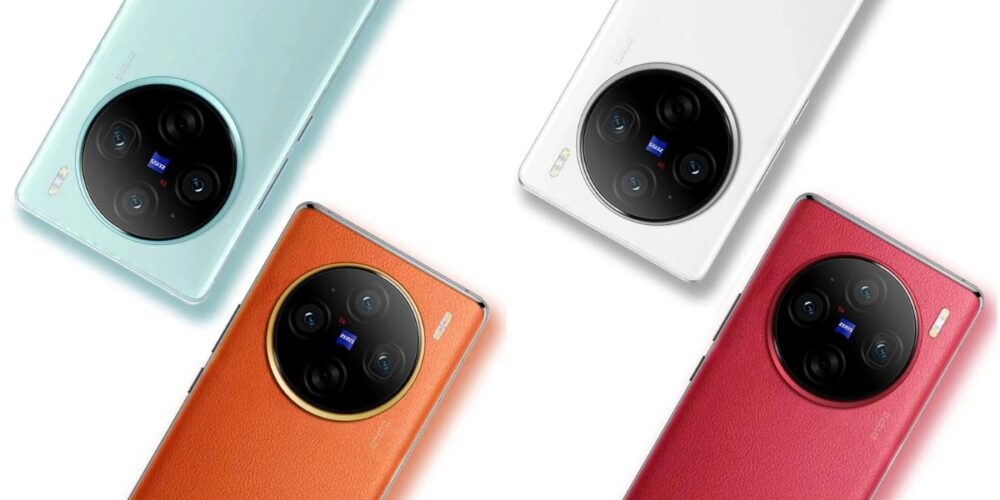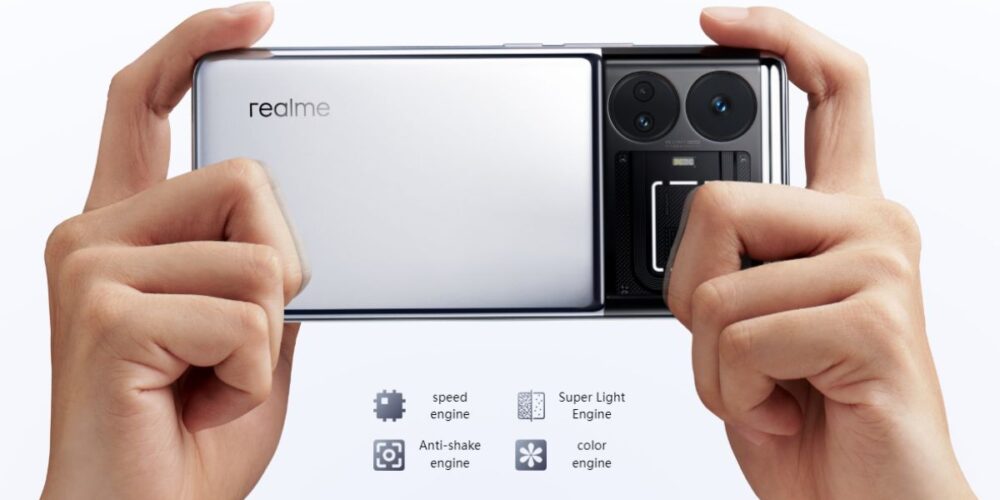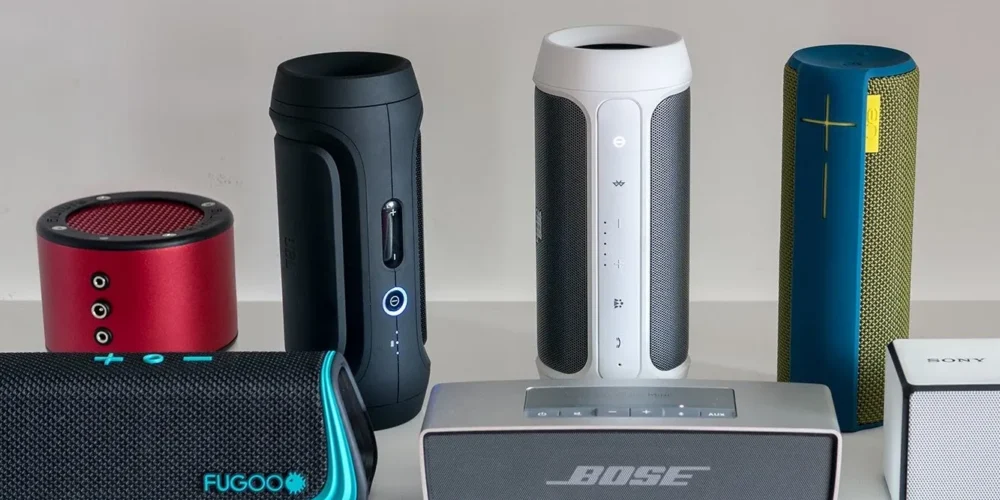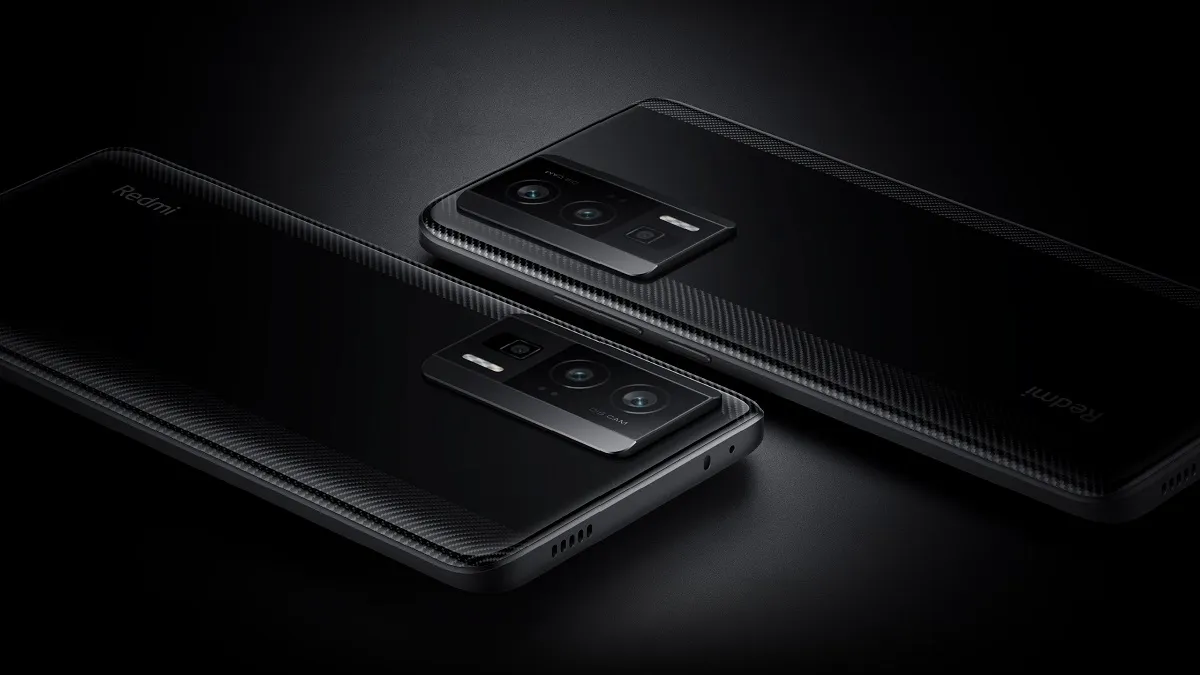Deepfakes: The Rise of Synthetic Media and Its Impact on Society

The Dawn of Deepfakes
The age of deepfakes has dawned upon us, ushering in a new era of synthetic media. But what exactly are deepfakes, and how can we spot them in a world where technology blurs the line between reality and fiction?
What are deep fakes?
Deepfakes are the product of a technology called deep learning, a subset of artificial intelligence. They use deep learning to manipulate and create fake images or videos, giving rise to the name “deepfake.” This technology allows users to put new words in someone’s mouth, replace faces in videos, or even star in their favorite movies. In essence, deepfakes are the 21st century’s answer to image manipulation, taking it to a whole new level.
The Dark Side: Deepfakes in the World of Misinformation
While deepfakes may have initially piqued our curiosity, their dark side quickly emerged. A significant portion of deepfake content is pornographic in nature. In a study by AI firm Deeptrace, 96% of deepfake videos were found to have explicit content. Even more disturbing, 99% of these explicit deepfakes featured the faces of female celebrities superimposed on adult film performers. As deepfake creation becomes more accessible, the specter of revenge porn looms larger, weaponizing this technology against women, as observed by legal scholar Danielle Citron.
Beyond Videos: Deepfakes Extend to Photos and Audio
Deepfake technology isn’t confined to videos alone; it can create entirely fictional photos from scratch. Cases like “Maisy Kinsley” and “Katie Jones,” fabricated LinkedIn profiles, are prime examples of deepfakes entering the realm of fake identities. Furthermore, audio can also be deepfaked to create “voice skins” or “voice clones” of public figures, as evidenced in fraud cases involving mimicked CEO voices.
The Birth of Deepfakes: A Reddit Origin
Deepfakes had their origins in 2017 when a Reddit user with the same name began posting manipulated adult videos. These early deepfakes swapped the faces of celebrities for adult film actors. The creation of a deepfake video involves a process of encoding and decoding images, where similarities are extracted from thousands of face shots. The technology requires running these encoded images through the “wrong” decoder to create convincing face swaps. Alternatively, a generative adversarial network (GAN) can be used to generate entirely fabricated images of non-existent celebrities, making the technology even more sophisticated.
Who Creates Deepfakes?
Deepfakes are not exclusive to professional studios or academic researchers. The technology has spread across diverse sectors, from amateur enthusiasts to the adult entertainment industry. Governments are exploring deepfake technology for various purposes, including discrediting extremist groups. Accessibility to deepfake creation tools is expanding, with some companies offering cloud-based services and even mobile apps like Zao, allowing users to insert their faces into TV and movie characters.
Spotting Deepfakes: An Evolving Challenge
As technology advances, spotting deep fakes becomes increasingly challenging. Early detection strategies, such as identifying irregular blinking patterns, are rendered ineffective as the technology improves. Poor-quality deepfakes may exhibit telltale signs, such as inconsistent lip-syncing, patchy skin tones, flickering around transposed faces, and difficulty rendering fine details like hair. However, as technology progresses, the line between real and fake continues to blur.
Also See: Delhi Advocate Loses Rs. 50 Lakh in SIM Swap Scam: What Happened and How to Be Safe
Towards a Solution: AI and Digital Watermarks
Artificial intelligence is emerging as a potential solution to detect deepfakes. Tech companies are developing detection systems to identify and flag fake content when it appears. Additionally, efforts are being made to establish the provenance of media through digital watermarks and blockchain technology, allowing for tamper-proof records of videos, images, and audio.
Not All Deepfakes Are Malicious
Despite their often negative connotations, not all deepfakes have harmful intent. Some deepfakes serve as entertainment or have practical applications. Voice-cloning deepfakes can restore lost voices, while they can also be used in galleries and museums to bring historical figures to life. In the entertainment industry, deepfake technology is leveraged for improved dubbing and, controversially, to resurrect deceased actors, like James Dean’s appearance in “Finding Jack.”
Shallowfakes: A Crude but Impactful Sibling
Shallowfakes, a sibling of deepfakes, are simpler but no less impactful. These manipulated videos are presented out of context or edited with basic tools. A notable example is the video of Nancy Pelosi, which was slowed down to make her appear inebriated and reached millions on social media. Such content can spread misinformation and disinformation, adding to the challenges posed by synthetic media.
The Future of Deepfakes: Trust Erosion and Legal Implications
The widespread use of deepfakes threatens to undermine trust in media and reality itself. As deepfakes become more accessible, they may pose challenges in legal contexts, including child custody battles and employment disputes where fake evidence could be introduced. They also present personal security risks as deepfakes can mimic biometric data, potentially tricking authentication systems.
Conclusion: Navigating the Synthetic World of Deepfakes
As deepfake technology evolves, society must adapt to its implications. Detecting and countering deepfakes will require collaboration between technology, policy, and society. It’s a new reality we must navigate, where discerning truth from falsehood becomes an ever more challenging task. In the end, the impact of deepfakes extends beyond the creation of fake media; it’s the trust in our reality that faces a formidable test.






























